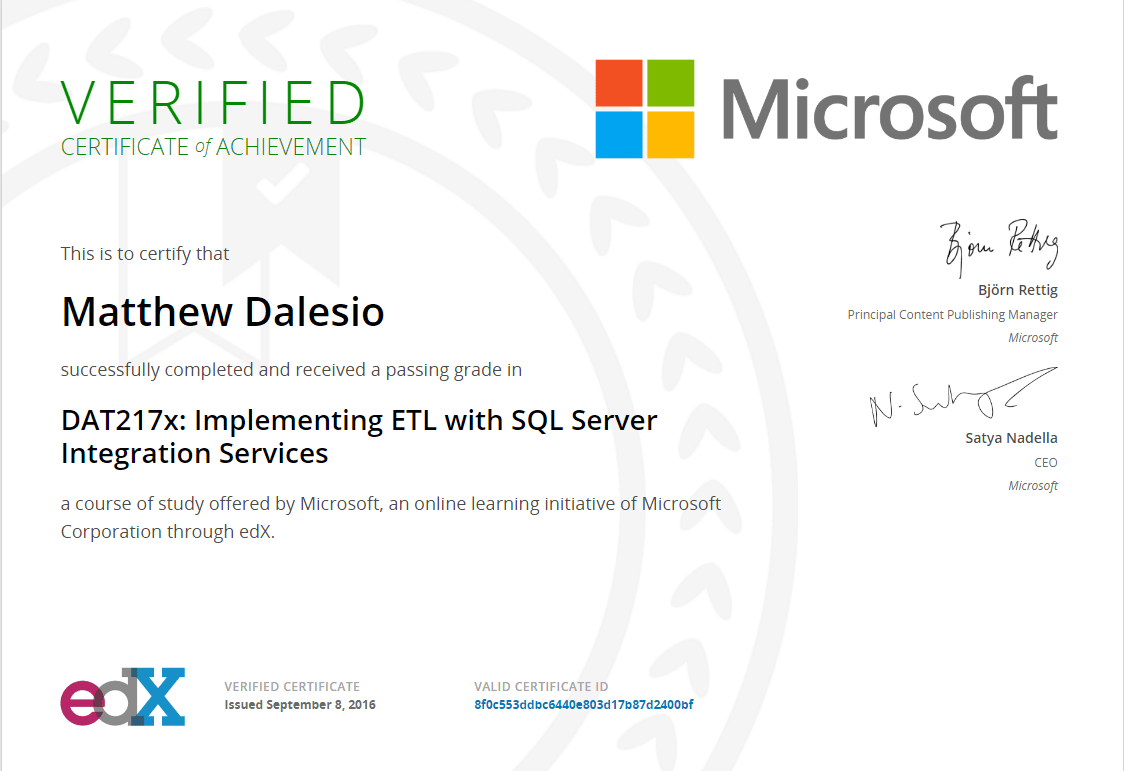
Key takeaways:
- The primary purpose of SSIS is not to replace SQL but rather provide a visual representation of the ETL process as well as provide some additional capability
- When possible, it is recommend that transformations be performed in Data Flow data sources as opposed to using the SSIS Data Flow Transformations
- Use sequence containers to process data in parallel to reduce execution time
- Avoid transforming large amounts of data directly from a file. Instead import the data to a temporary staging table
- Avoid using SSIS Events to track progress. Instead use logging tables
- Consider removing indexes on the destination tables before loading it
- Avoid implicit conversion. Instead use SQL or C# from outside of the SSIS runtime environment
- Use the SQL Server Destination to improve performance (Uses SQL Server’s bulk insert feature)